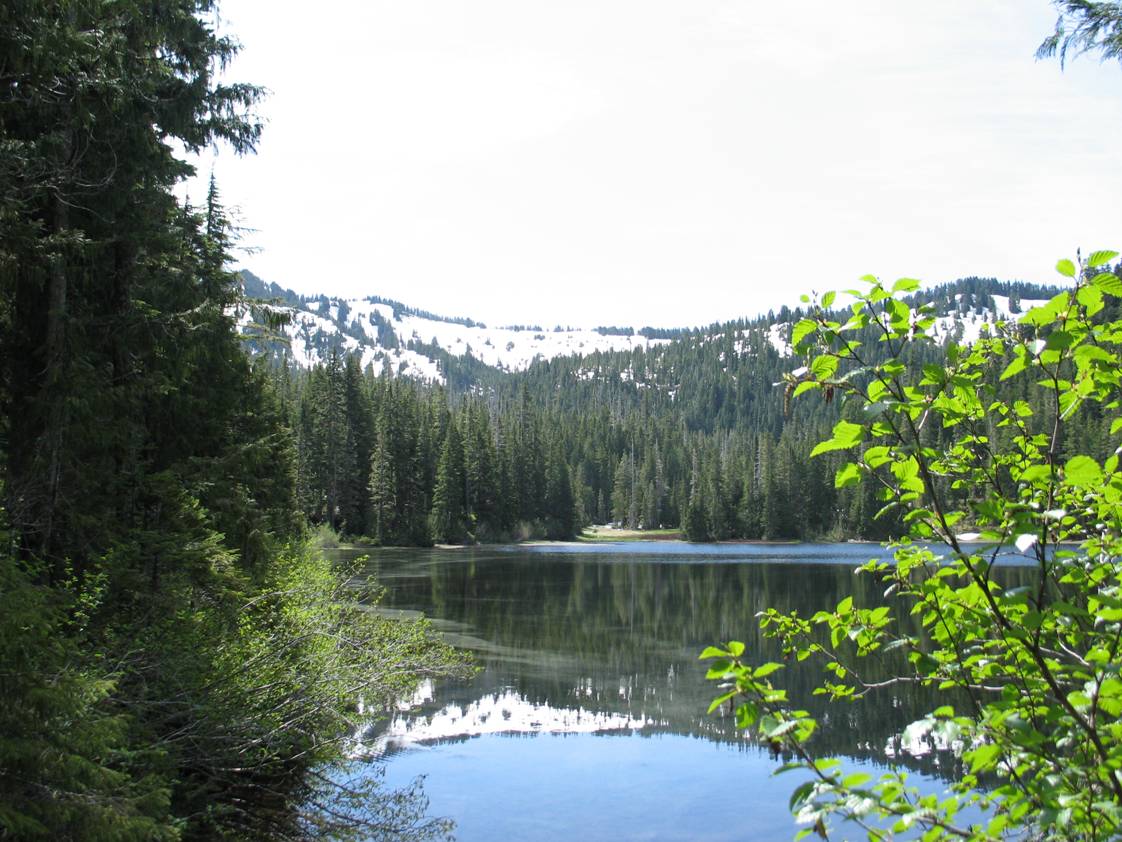Optical characteristics of natural waters can protect amphibian populations from UV-B in the US Pacific Northwest
https://cfpub.epa.gov/si/si_public_record_report.cfm?Lab=NHEERL&dirEntryId=65636
Abstract/Summary
Increased exposure to ultraviolet-B (UV-B) radiation has been proposed as a major environmental stressor leading to global amphibian declines. Prior experimental evidence from the US Pacific Northwest (PNW) has established the embryonic sensitivity of at least 4 amphibian species to UV-B and has been central to the amphibian decline literature. However, these results have not been expanded to address population-scale effects and natural landscape variation in UV-B transparency of water at amphibian breeding sites; necessary links to assess the importance of UV-B for amphibian declines. We quantified the UV-B transparency of 136 potential amphibian breeding sites to establish the pattern of UV-B exposure across two montane regions in the PNW. Our data suggest that 85% of sites are naturally protected by dissolved organic matter (DOM) in pond water, and that only a fraction of breeding sites are likely to experience UV-B intensities exceeding levels associated with elevated egg mortality. Thus, the spectral characteristics of natural waters mediate the physiological effects of UV-B on amphibian eggs in all but the clearest sites. These data imply that UV-B is unlikely to cause broad amphibian declines across the landscape of the American Northwest.
Publication details
| Published Date: | 2002 |
| Outlet/Publisher: | Ecology 83: 2951-2957 |
| Media Format: |
ARMI Organizational Units:
Pacific Northwest - BiologyTopics:
WaterPlace Names:
Western USKeywords:
stressorsUV

